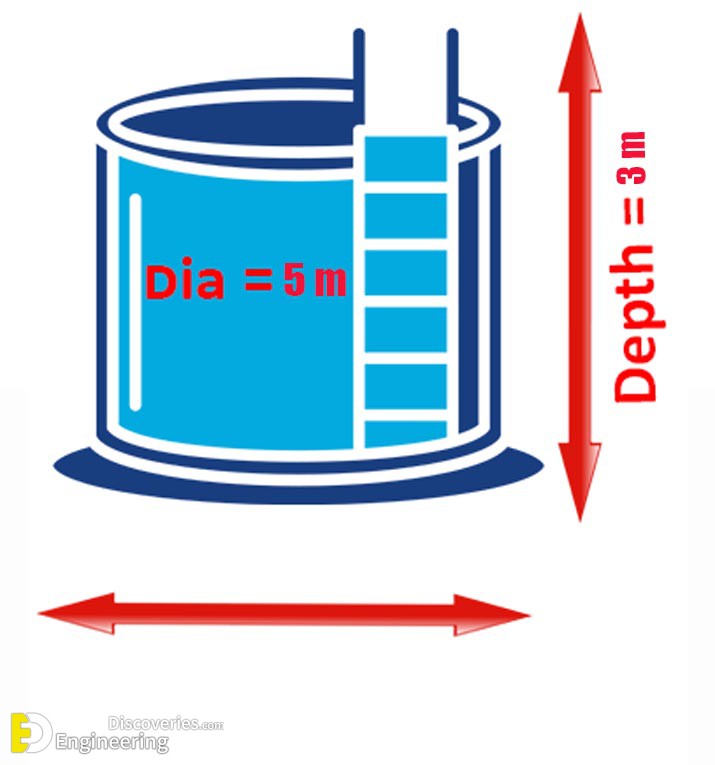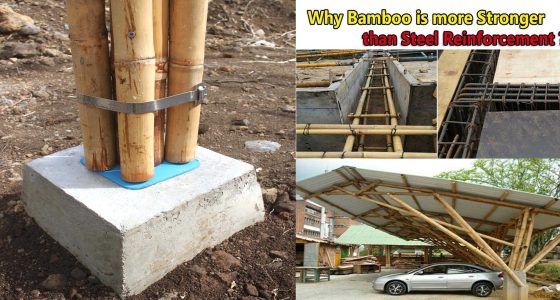Calculating the capacity of a circular water tank is essential for various domestic and industrial applications. This guide provides a clear, step-by-step method using standard formulas and unit conversions.
What You Need to Know Before Starting
To calculate the water capacity, you need:
Diameter of the tank
Height of the tank
A basic understanding of the volume formula for a cylinder
Let’s assume a circular tank with the following dimensions:
Diameter (D): 5 meters
Height (H): 3 meters
Step 1: Use the Volume Formula for a Cylinder
The formula to calculate the volume of a cylindrical tank is:
Volume = π × (D² / 4) × H
Now plug in the values:
= 3.142 × (5² / 4) × 3
= 3.142 × (25 / 4) × 3
= 3.142 × 6.25 × 3
= 58.91 cubic meters (CUM)
This is the tank’s total volume.
Step 2: Convert Cubic Meters to Liters
We know:
1 cubic meter = 1,000 liters
So, to convert:
= 58.91 × 1,000
= 58,910 liters
Your circular tank holds 58,910 liters of water.
Step 3: Convert Liters to Gallons
If you need the volume in US gallons:
1 US gallon = 3.7854 liters
Now convert:
= 58,910 ÷ 3.7854
= 15,563 gallons
So, the water tank can store approximately 15,563 gallons.
Quick Summary
| Measurement Unit | Capacity |
|---|---|
| Cubic Meters | 58.91 CUM |
| Liters | 58,910 liters |
| US Gallons | 15,563 gallons |
Important Notes
Always measure internal dimensions for accurate volume.
Use π as 3.142 for better precision.
Confirm unit standards based on region (UK and US gallons differ).
Why This Matters
Accurate water storage calculations help in designing efficient systems. Whether for rainwater harvesting, irrigation, or municipal use, understanding your tank’s capacity is vital.







